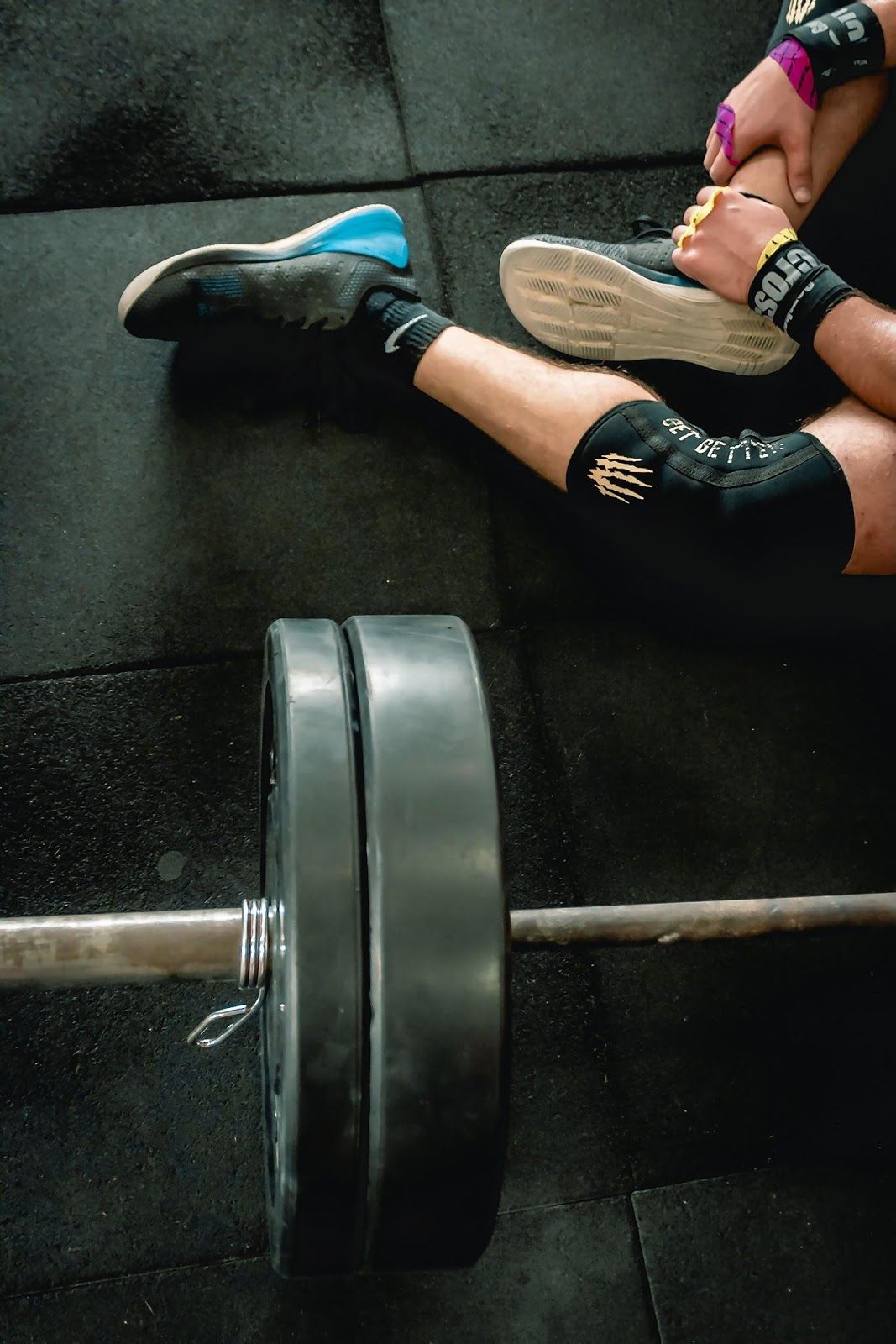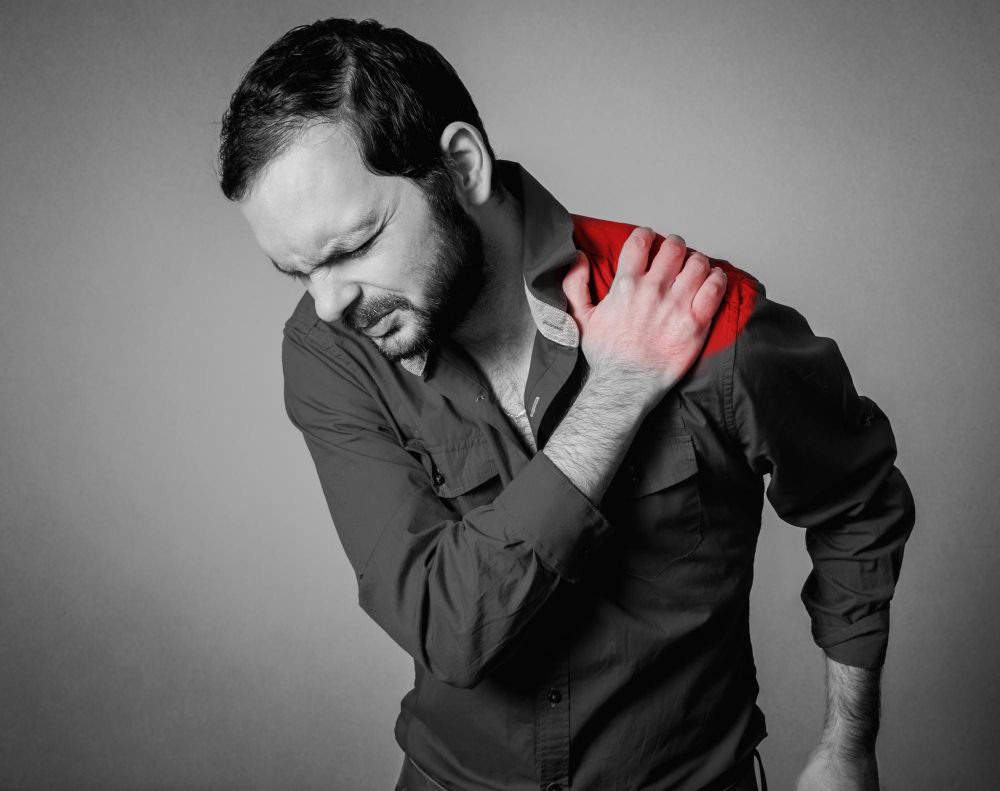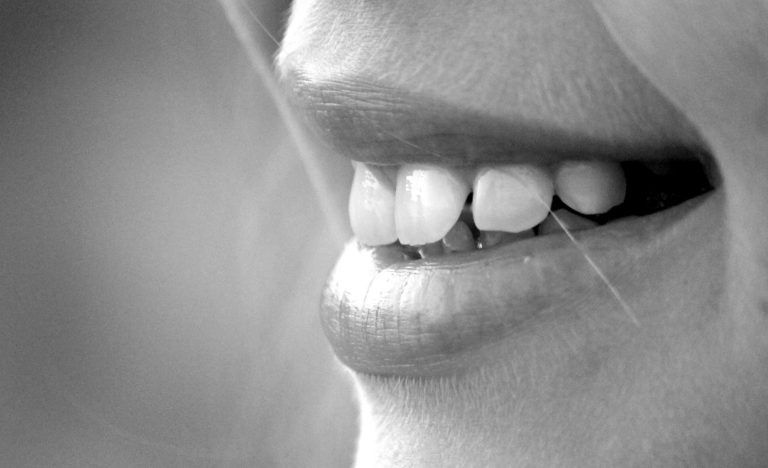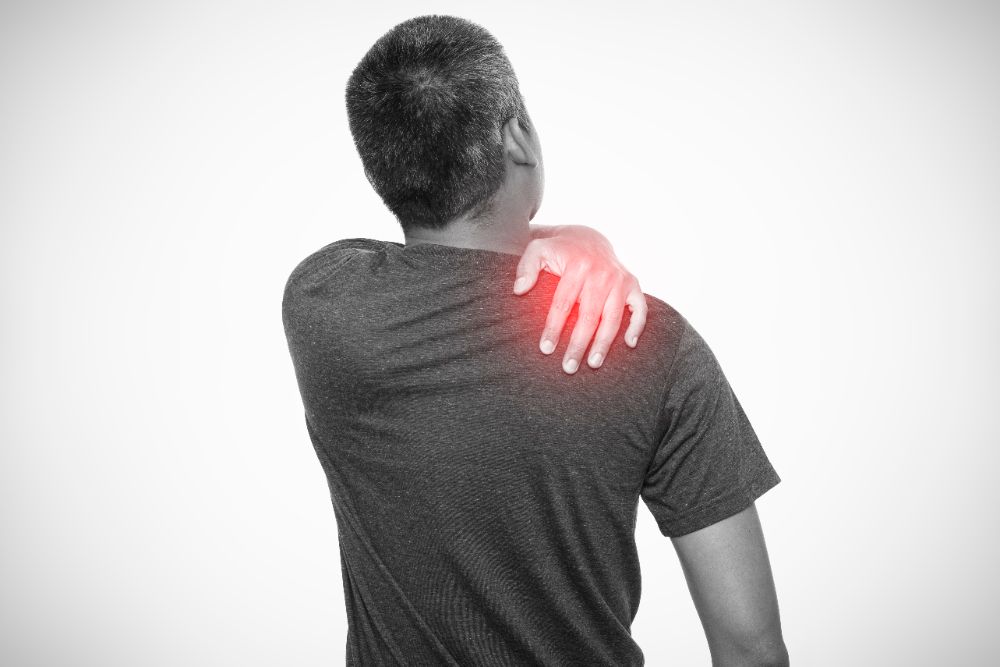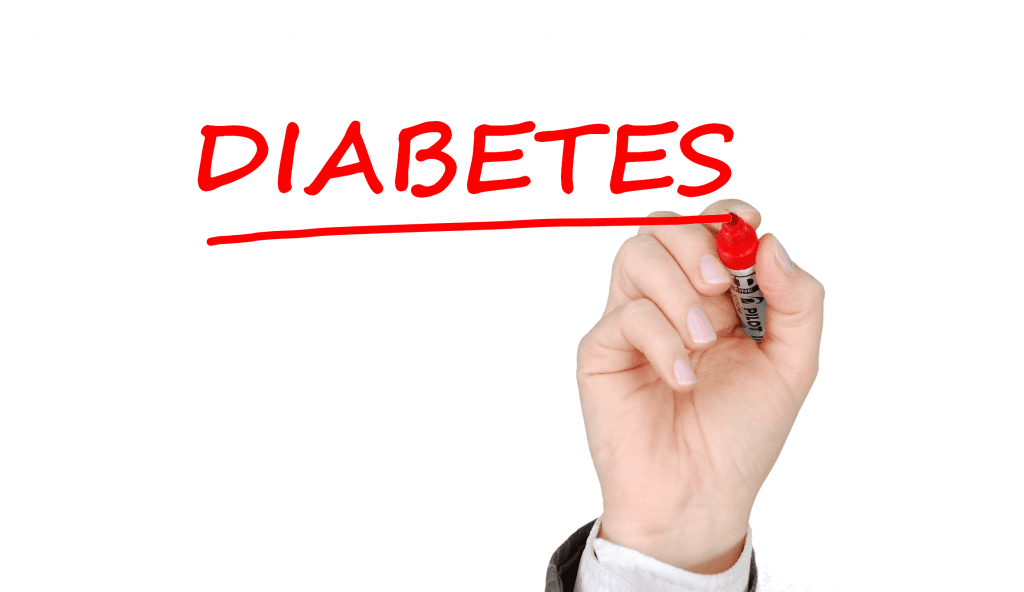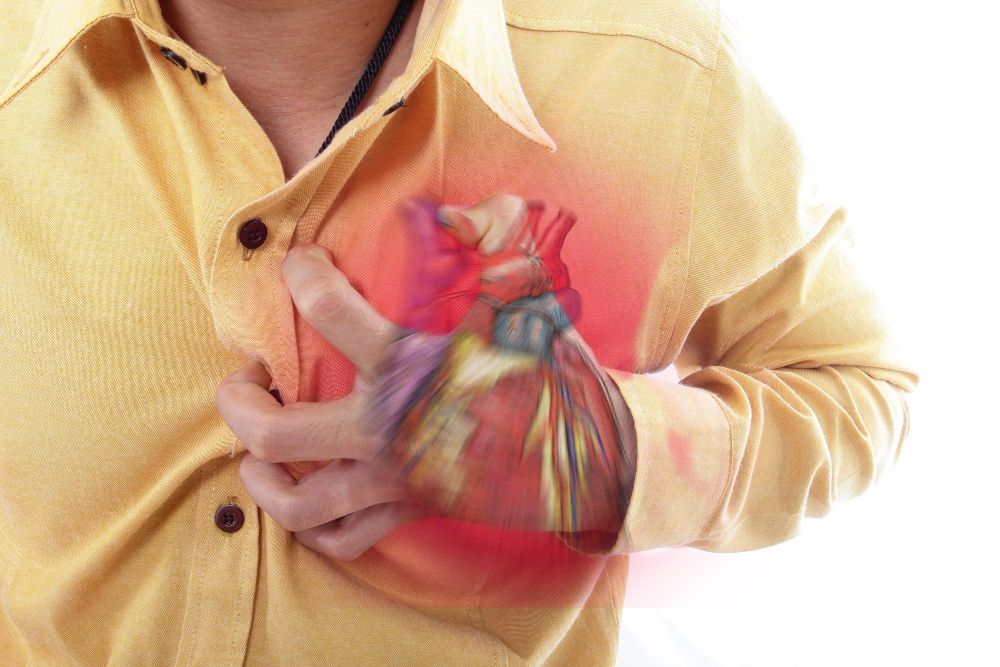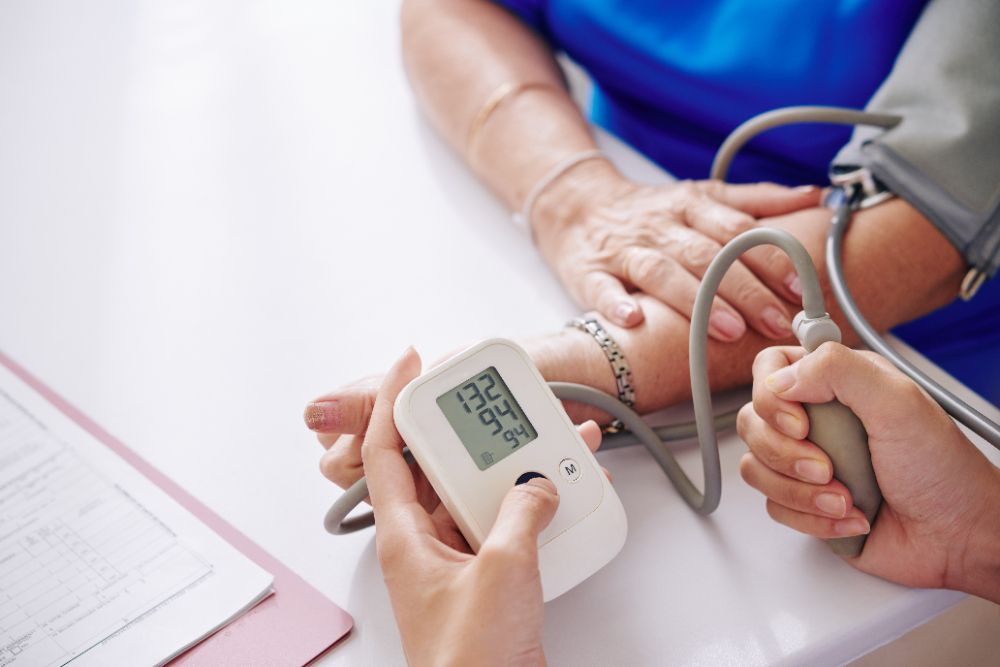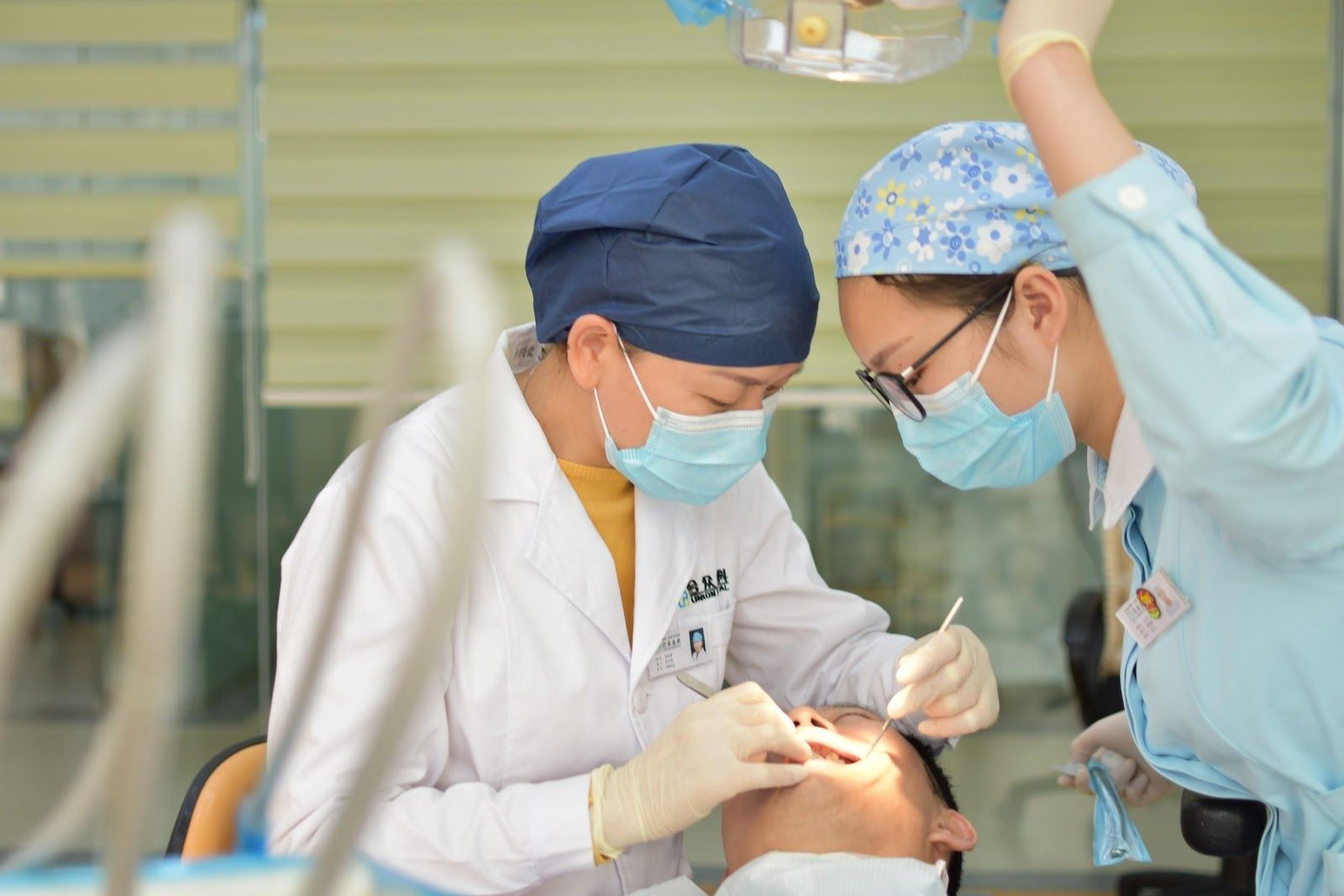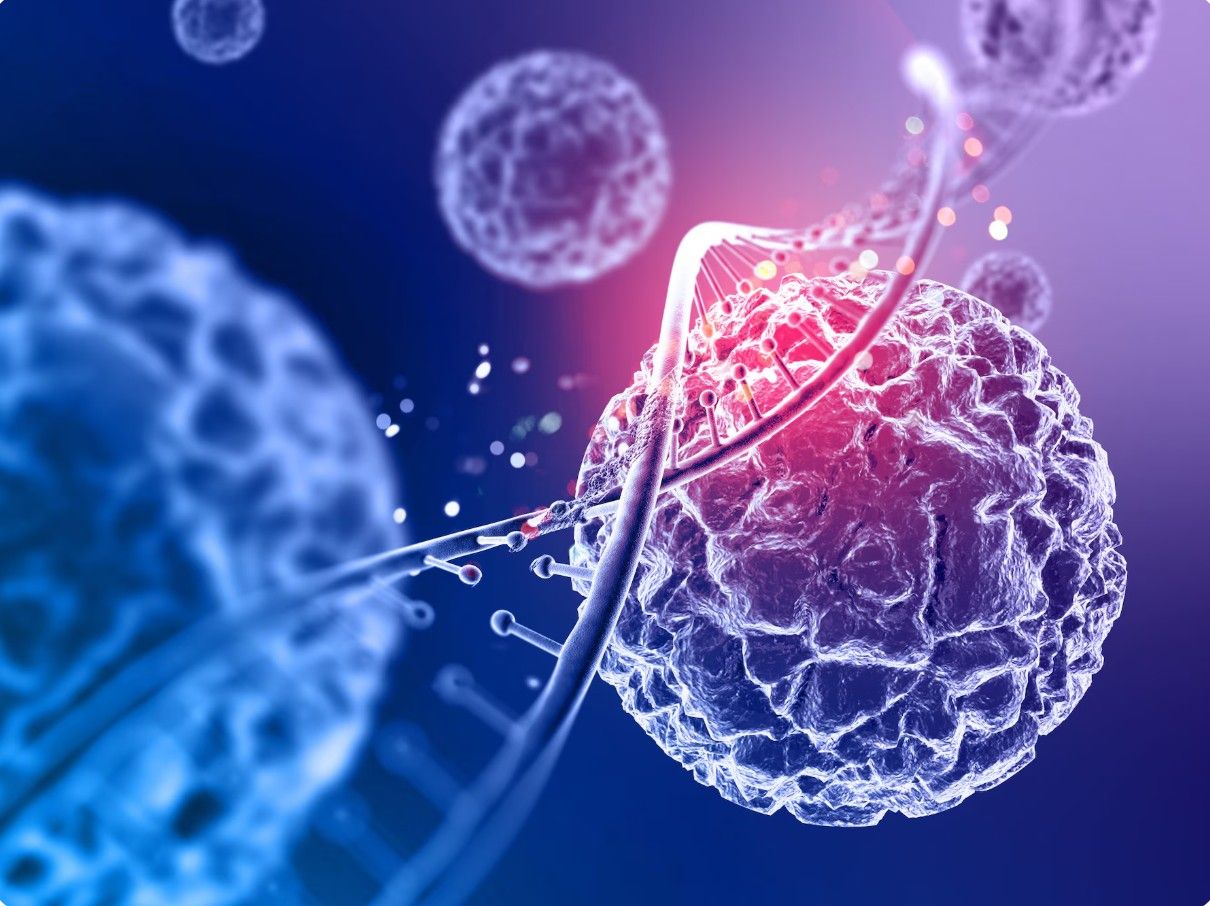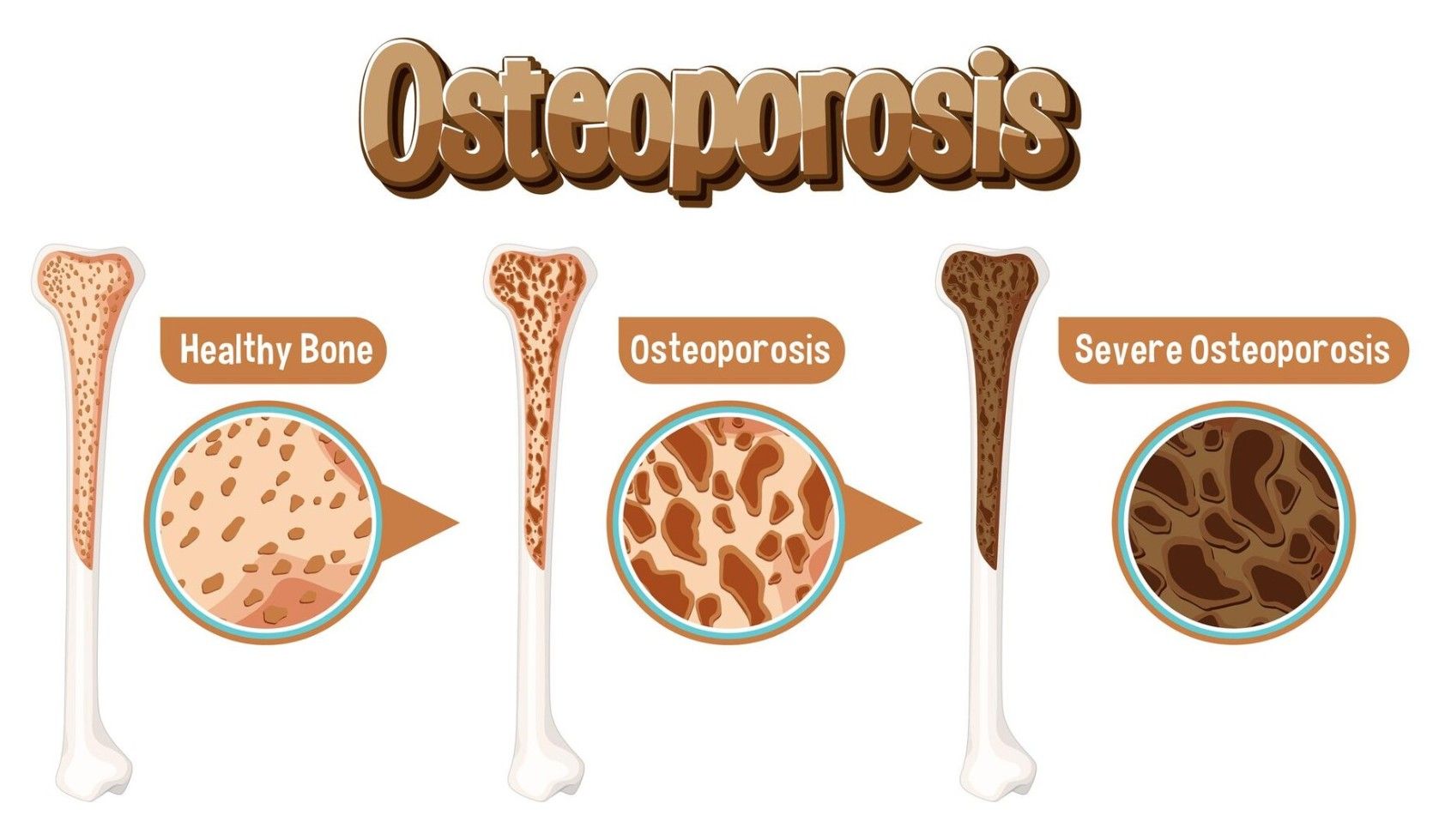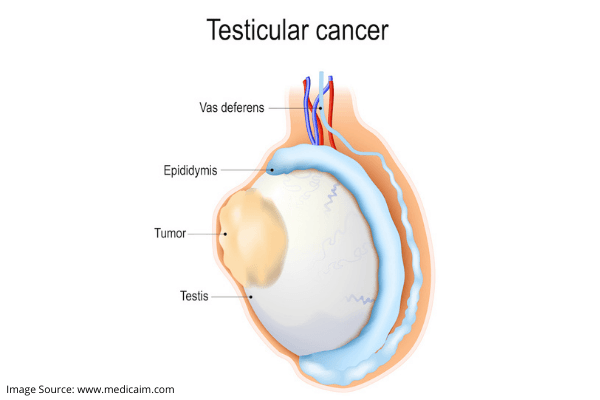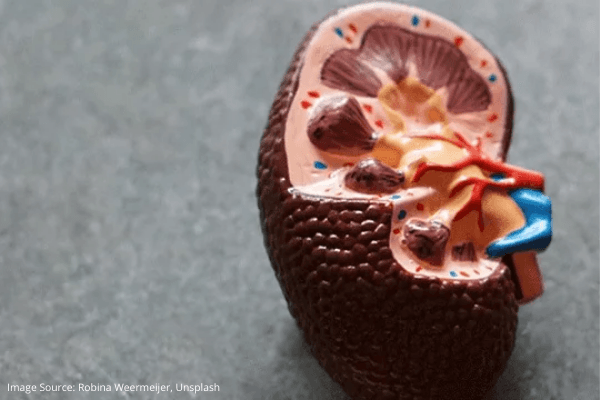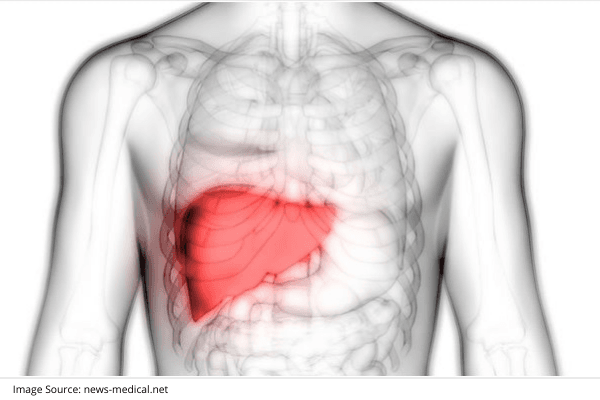How is an Angiography Done?
Blood means life, and anything that restricts the flow of this life-sustaining fluid is bound to create varying degrees of tension in us. Doctors, however, have taken care of this problem too and created a procedure that can detect abnormalities in blood flow without any actual surgery.
Angiography, also known as arteriogram or angiogram is a day procedure that is used to evaluate various vascular conditions existing in the body and producing unclarified symptoms. Angiographies can be used to detect abnormalities in blood vessels including tears leading to internal bleeding, aneurysms leading to weaknesses in the walls of blood vessels or blocks leading to narrowing of blood vessels, to name a few.
Angiographies may also throw up the blood flow pattern of tumors as well as their spread, and guide the treatment regimen. The procedure can also be used to look for changes in blood vessels due to injury, ulcers or peripheral arterial disease. Coronary artery disease and the extent of atherosclerosis can also be determined with this procedure.
Angiography is an X-ray assisted procedure that employs the use of a special dye and fluoroscopic camera to take pictures of the blood flow patterns in the arteries and veins of the part of the body being studied. The procedure identifies abnormalities in the blood vessels and is the same regardless of which part of the body is being studied.
The patient is made to lie on an X-ray table and straps fixed across the chest and legs as the table maybe tilted during the course of the procedure. X-ray cameras move overhead taking images from various angles. An IV line is set up and the patient may be given a mild sedative to help them relax. The IV may also be used to administer other medications or fluids. The ECG as well as blood pressure will be monitored throughout the procedure; a pulse oximeter will also be monitoring blood oxygen levels continuously.
A small incision is made in the groin (femoral artery or vein) or just above the elbow (in the brachial artery or vein) and a thin tube called a catheter is threaded through the vessel and an iodine dye is injected, making the vessels stand out clearly on X-rays. By observing the flow of dye through the vessels, the doctor will be able to identify areas of abnormalities that need further treatment.
Sometimes, during the course of the angiography, further treatment is rendered to the patient; in the case of a coronary angiography, a stent may be placed to open up an artery or in the case of a bleeding, injured vessel, the catheter may be used to deliver medications to stop the bleeding. The whole procedure normally takes about an hour, but can be longer when other treatments are also rendered.
The patient is made to rest in the hospital for 4-6 hours after the procedure for signs of any complications before sending home.
Ten Effective Remedies That You Can Refer to When You Are Suffering from Muscle Cramps
Finally starting off with the gym life can get too overwhelming until you hit those muscle cramps along with the weights.
Skin Tags - Benign Tumor or Cancerous Tumor?
Skin tag if observed is a narrow stalk that hangs about your skin, bulging at the end. They are usually freshly colored and can grow anywhere on your body.
Rotator Cuff Tear
A rotator cuff tear is a rotator cuff injury that can cause shoulder pain and loss of arm function. The rotator cuff is a set of muscles and tendons in your shoulder.
Importance of Parental Counselling
Right from the moment you tell your friends and family about your pregnancy, little hints keep coming your way on parenting your unborn child!
Taking Care of a Terminal Patient? Here Are Six Ways to Help Them to the Fullest
A terminally ill patient is someone who has a relatively short life expectancy. Terminally ill people are usually shifted from an actively curative medicinal regime
Stages of Tooth Decay and Their Treatment Options
Tooth decay refers to the degradation process of the structure of the tooth resulting in permanent damage.
12 Home Remedies for Dry Cough
The flu, common cold, asthma, cigarette smoke exposure, and other conditions can all cause a dry cough. Home remedies such as honey, peppermint, and air purifiers may be beneficial.
Shoulder Dislocation
Shoulder dislocation occurs when the bones of your shoulder joint are pushed or forced out of their normal positions.
5 Facts to Keep in Mind for Your Monthly Menstruation Cycle
Our menstruation indicates multiple activities within your body. Every month, your uterus forms a thicker lining for the ovary to release an egg for a possible pregnancy.
Different Types of Diabetes
Junk food and increasing physical activity are leading to a worldwide epidemic of obesity, resulting in diseases like diabetes
Dilated Cardiomyopathy
Dilated cardiomyopathy is a form of heart muscle illness in which the heart chambers (ventricles) weaken and stretch, becoming bigger.
Hypertension (High Blood Pressure)
High blood pressure, also known as hypertension, is a condition in which the blood flow against the inner walls of the arteries is persistently high.
3 Cosmetic Dentistry Procedures You Did Not Know About
Over the past few years, cosmetic dentistry has undergone significant evolution in society. With the increasing demand for cosmetic dentistry, it is no longer a luxury; it has become a necessity.
5 Lifestyle Changes That Will Help with Your Urinary Incontinence
Urinary Incontinence is quite a painful and embarrassing condition to have. It refers to the loss of bladder control, which can vary from a slight release of urine after sneezing, coughing, or laughing, to a complete inability to control urination.
5 Tips This Summer to Avoid Heatstroke
Certain jobs demand fieldwork in the scorching heat. The warm weather, bright sun, and the blue skies are not always an excellent working environment for them at all.
6 Home Remedies for Yeast and Vaginal Infections
Yeast infection is common among women. You might have had the experience of irritating soreness and itching that prolonged for days due to not knowing about the cause.
Aortic Dissection
An aortic dissection is a tear in the aorta. This is the primary artery that transports oxygen-rich blood from your heart to the rest of your body.
Bariatric Surgery and Weight Loss
Bariatric surgery, also known as weight loss surgery, is performed on individuals suffering from obesity. It involves a variety of procedures that help maintain long-term weight loss and also aid in treating obesity.
Best Foods to Cleanse Your Liver
Your liver is one of the largest organs in your body and its primary function is to filter the system by converting toxins to waste products, cleansing your blood and process various nutrients.
Infertility and its Major Causes and Treatments
Infertility is an issue that’s on the rise – not just in India but all over the world. It’s estimated that, on average, one out of every six couples has had issues with infertility.
Precautions to be Taken to Avoid Eosinophilia
Let’s begin with talking about eosinophils – they are just a type of white blood cells that are laden with reactive chemicals which get released under specific conditions to cause mayhem in the body
What is BMD Assessment and its Significance in Treating Osteoporosis
Osteoporosis is that creepy monster lurking in the dark, waiting to manifest itself as you age and get less active.
Signs of Testicular Cancer
Men have a pair of testicles located in a sac-like pouch called the scrotum. It forms part of their reproductive system and are responsible for sperm production.
Signs and Symptoms of Kidney Stone
Your kidneys are very important organs in the body; they regulate water content, filter waste from blood, and produce hormones.
Treatment For Liver Failure
Treatment for liver failure depends largely on the causative agent; for example of it’s due to hepatitis virus infection, then hydration and supportive care needs to be provided while the body’s immune system fights back. If it’s due to gallstones,
Related Blogs
Ten Effective Remedies That You Can Refer to When You Are Suffering from Muscle Cramps
Finally starting off with the gym life can get too overwhelming until you hit those muscle cramps along with the weights.
Skin Tags - Benign Tumor or Cancerous Tumor?
Skin tag if observed is a narrow stalk that hangs about your skin, bulging at the end. They are usually freshly colored and can grow anywhere on your body.




